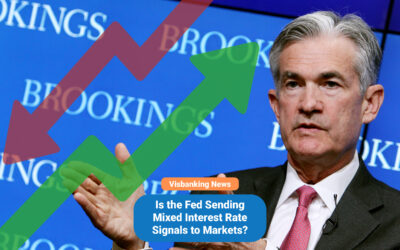By: Ken Chase.
The Bank of Russia unexpectedly reduced the nation’s key interest rate on Friday, April 8, in a move designed to reflect the bank’s new outlook on the country’s financial stability. While analysts had expected the central bank to act in its upcoming April 29 regular meeting, Friday’s rate cut to 17 percent came as a welcome surprise.
In a statement announcing the cut, the central bank acknowledged that worries about increased inflation, diminished economic activity, and financial instability have stabilized for the time being. Though the bank still sees potential problems in the short term, it reportedly believes that its recent actions to contain sanctions-related damage to the Russian economy have helped to mitigate the danger:
“Financial stability risks are still present, but have ceased to increase for the time being, including owing to the adopted capital control measures. There is a steady inflow of funds to fixed-term deposits.”
In the weeks since Russia’s February 24 invasion of Ukraine, the Russian economy has been hit hard by a wide array of Western sanctions. The value of the nation’s currency plummeted, inflation rose to more than 16 percent, and Russia’s economy was largely cut off from trade and access to the world’s financial markets.
Just weeks ago, the central bank has decided to leave interest rates at their roughly two-decade high of 20 percent, as inflationary pressures continued to mount. At the same time, the bank had announced its intent to buy OFZ government bonds in an attempt to shore up the nation’s financial stability.
As it made that decision in March, the central bank acknowledged that it had few remaining options to resolve the nation’s current economic troubles. Instead, it suggested that the bank’s focus would shift to easing Russia’s transition to its new economic reality.
Analysts in Russia were welcoming of Friday’s announced rate cut, viewing it as confirmation of the central bank’s confidence in the success of its recent response to the nation’s economic challenges. According to some of those analysts, the decision indicates that the bank has moved from stabilizing the financial system to an effort to boost Russian economic activity.




